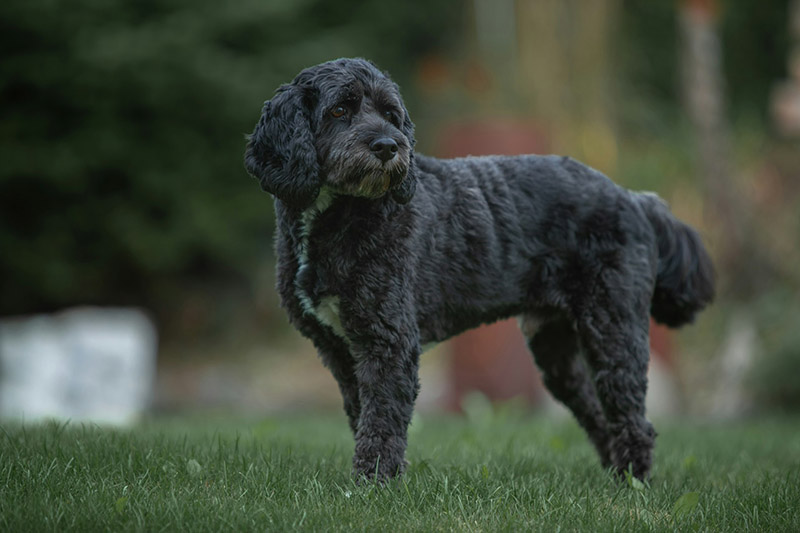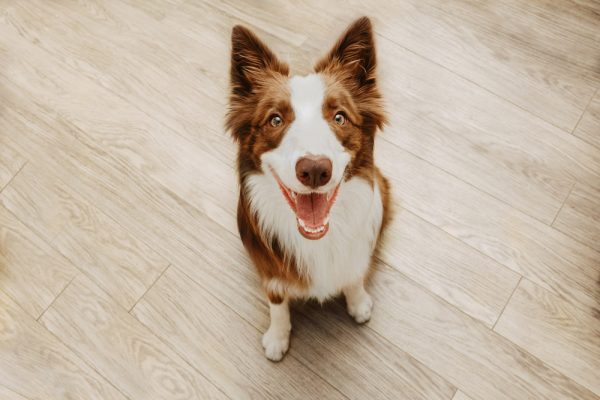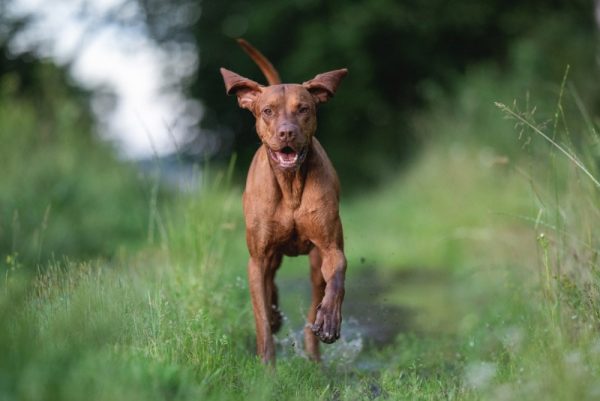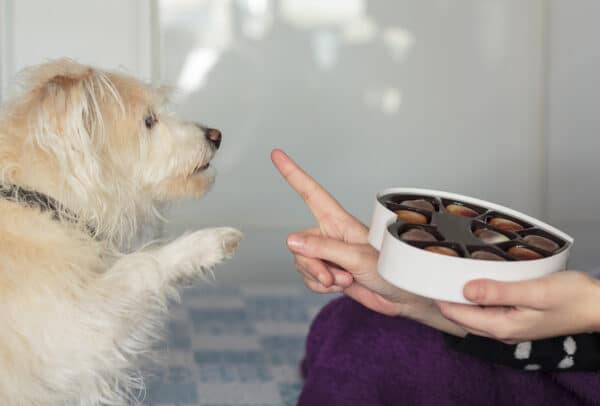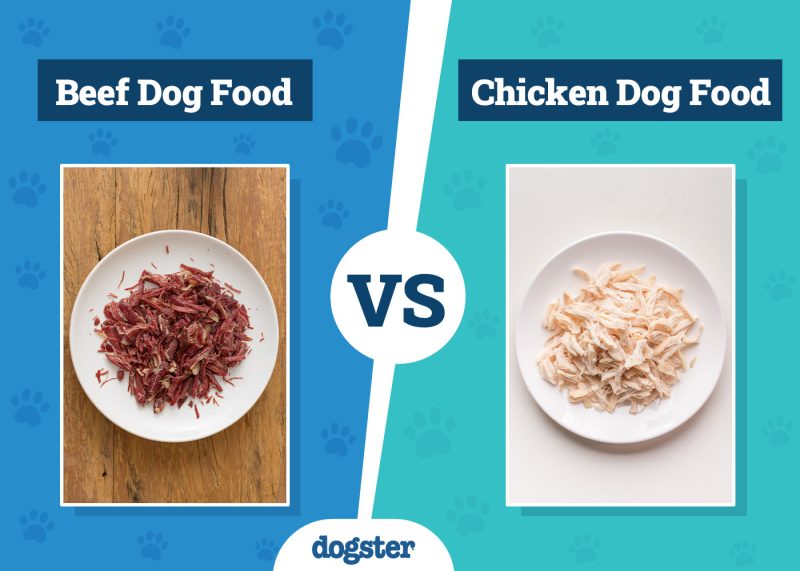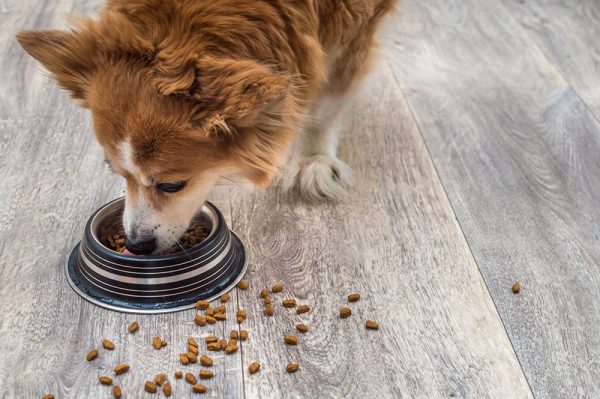If you have ever come across the words “black dog syndrome,” it might sound frightening. Is black dog syndrome a disease that you need to worry about? Can your dog catch black dog syndrome? The good news is that black dog syndrome is not a disease or illness. Instead, it is the idea that black dogs are treated differently than dogs of other colors.
Black dog syndrome has been used to try and show that black dogs are adopted less than other dogs. But is this true? What does the data say? Here is everything you need to know about black dog syndrome.

What Is Black Dog Syndrome?
Black dog syndrome is the belief that black dogs are adopted at lower rates than dogs of other colors. Some people even believe that black dogs are more likely to be euthanized than dogs of other colors.
Black dog syndrome alleges that there is a bias in the way that people choose their dogs from the shelter and people favor dogs with a lighter colored coat over dogs that are black in color.
What Causes Black Dog Syndrome?
There are theories that say that black dog syndrome is caused by an ingrained superstition that black animals are bad luck. In the past, black animals, such as black cats, black dogs, and black bears, were associated with death, misfortune, and the occult.
In a more modern example, the Harry Potter series of books featured a death omen called The Grim, which manifested as a large black dog. These superstitions seemingly influence the way that people see animals, causing them to favor animals of multiple colors or solid colors that are not black.
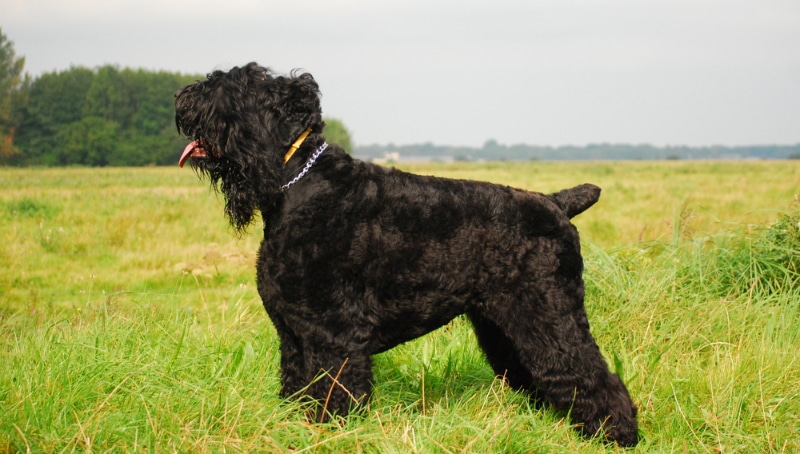
What Does the Data Say?
Is black dog syndrome real? According to the data, no. Black dog syndrome is not real. Animal shelters are great places to collect data on animals due to the large volume of animals that flow through them. Animals in shelters are often categorized and photographed, giving people plenty of data to work with when it comes to appearance and adoption trends.
In 2008, the Los Angeles Animal Services Department reported that the data on 30,046 dogs taken in over a 12-month period, 27% of those were predominantly or all black. Of those adopted, 28% were predominantly or all-black. A 2013 study of dogs’ length of stay at two New York shelters determined that canine coat color had no effect.
Finally, in a 2016 study published in the journal Animal Welfare, black dogs were found to be more likely to be adopted than dogs with lighter coat colors. It examined four years of adoption records for 16,700 dogs in two animal shelters in the Pacific Northwest and found that in both shelters black dogs actually had shorter shelter stays when compared to dogs of different colors.
Out of all of the studies examined, none of them supported the idea that black dog syndrome exists. In fact, the data points to the opposite. Black dogs may actually be more likely to be adopted than other dogs. This means that black dog syndrome is a myth. However, the studies did find that people take a dog’s appearance into account when selecting one from the shelter.
The ASPCA found in a 2011 study that appearance was the most frequently cited reason for adopters of both puppies (29 percent) and adult dogs (26 percent). But as the other data has shown, the focus on appearance did not exclude black dogs.
One of the reasons that black dog syndrome might no longer be a thing is that some of the most popular dogs in the United States now come in black coloring. Dogs like French Bulldogs, Pugs, Boston Terriers, and Labrador Retrievers can all have predominantly or all black coat colors. In fact, the French Bulldog and the Labrador Retriever are the two most popular dogs in the United States.
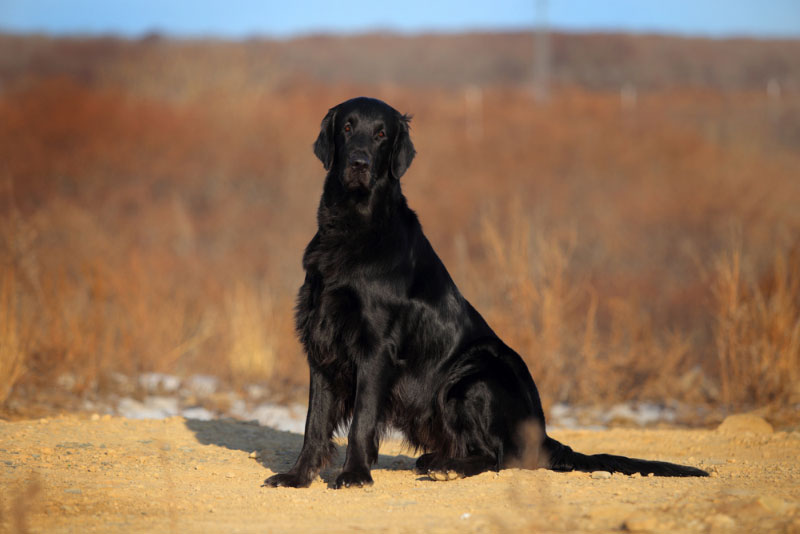
What Can You Do?
If you are worried about black dog syndrome, the best thing to do is adopt black dogs. Remember though that when choosing the right dog for your family, health, temperament and breed traits are more important factors overall than coat color.
You can also help shelters advertise black dogs by sharing their posts on social media. Many shelters will invoke the specter of black dog syndrome in the media as a tactic to help get dogs noticed and adopted. Of course by adopting a dog of any color from a shelter and giving them a loving forever home you are making a difference.

Verdict
According to the data, black dog syndrome seems to be a myth. There is no strong evidence to support the idea that people eschew black dogs in favor of other lighter colored dogs. The data does support the existence of black cat syndrome.
Black cats are the least popular type of cat to be adopted from shelters. It is likely that people have conflated black cat syndrome and black dog syndrome despite the lack of evidence for the latter.
Featured Image Credit: Janosch Diggelmann, Unsplash
